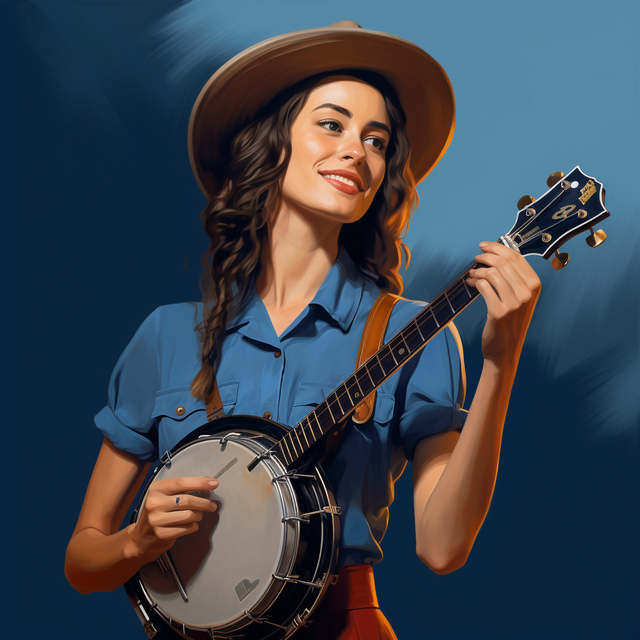Forked Deer Banjo Tabs
Traditional
Forked Deer Banjo Tablature: One Song, Many Styles
Recomended level: Intermediate
Indeed, the title "Forked Air" was used by Paul Tyler in a 1950 notebook in which Key A was used. Hamblen remembered his grandfather's melodies and took them from Virginia to Brown County, Indiana, in 1857. It was suggested (by William Byrne) that the title "Forked Deer" (the first word is pronounced as if hyphenated,' FORK-ed') is a' Fauquier Deer ' corruption, referring to the name of a county in northern Virginia. The "Forked air jig" is a title that says Gerry Milnes (1999) was used in a version of the minstrel era. Taylor) called "The Hoosier Fiddler's Cadence and Decadence" that the name applied to a Deer stream and its tributaries (i.e., John Hartford and Pat Sky hypothesized that the original title might have been "Forked Wind," which implies a bent melody. Clark claimed, "That's not The Forked Deer." Some thought it might have come from Tennessee's connection with the Forked Deer River. The song is performed in three sections by Clay County, W.Va., fiddler Wilson Douglas, the successor to an older tradition, as did his French Carpenter teacher. Four, c. Baltimore. 1839)—which appears to be the first print of the "Forked Deer" tune.
Learn how to play Forked Deer on Banjo with this selection of tablatures:
-
 Learn
LearnScruggs Style
- Difficulty
- Key D
- Tempo 117 bpm
- Tuning aDGBD
Playing fiddle tunes in Scruggs style presents its challenges. Learning the melodic version will help you accent the melody notes of Forked Deer with more clarity.
-
 Learn
LearnMelodic Style
- Difficulty
- Key D
- Tempo 117 bpm
- Tuning aDGBD
Playing fiddle tunes in open D is a challenge due to the large left hand stretches in different spots. Playing major scale patterns is a great way to open up your left hand.
-
 Learn
LearnBackup Style
- Difficulty
- Key D
- Tempo 117 bpm
- Tuning aDGBD
It's fun to imagine yourself playing behind a fiddle player when practicing Forked Deer backup. Try to make your vamping percussive and your rolling smooth and flowy.